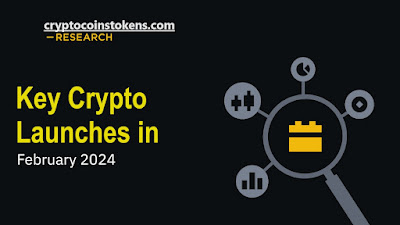Litecoin Gets NFT-Like Asset Capability Through Ordinal Fork
An Australian software engineer named Anthony Guerrera forked the Bitcoin Ordinals protocol to create Litecoin Ordinal, the second-ever cryptocurrency network. This fork allows for the creation of non-fungible token (NFT)-like assets on the Litecoin network in much the same way as they were added to Bitcoin earlier in the year. Guerrera said he was spurred to create the Litecoin Ordinal fork due to a bounty of 22 LTC, or about $2,000, offered by the pseudonymous Twitter user Indigo Nakamoto. Guerrera used the Taproot and SegWit updates in Litecoin to create inscriptions on the network, which allow for the attachment of NFT-like structures called "inscriptions" to litoshis.
In an interview with Cointelegraph, Guerrera said, "the changes were quite simple. I updated the Ordinals code to work with inputs from the Litecoin network instead of the Bitcoin network." He also had to account for differences in parameters such as the total possible number of coins and block time creation differences between the two networks. Guerrera doesn't think that the Ordinals' block space issue, which takes up more space than a typical transaction, will be as prominent on Litecoin because of its larger block size but it could still possibly eventuate.
Inscription of the MimbleWimble whitepaper onto the blockchain is the first-ever Litecoin Ordinal. It comes after the May 2022 Mimblewimble Extension Blocks (MWEB) upgrade that allows Litecoin users to opt-in to confidential transactions and other blockchain improvements, such as reducing excess and unnecessary transaction data. Guerrera said he will keep contributing to the forked protocol and will port across updates from the original Ordinals. He added, "I probably want to hand over this as I don't want it to take too much of my time. I'm doing other things. I've got other things on my plate."




Comments
Post a Comment